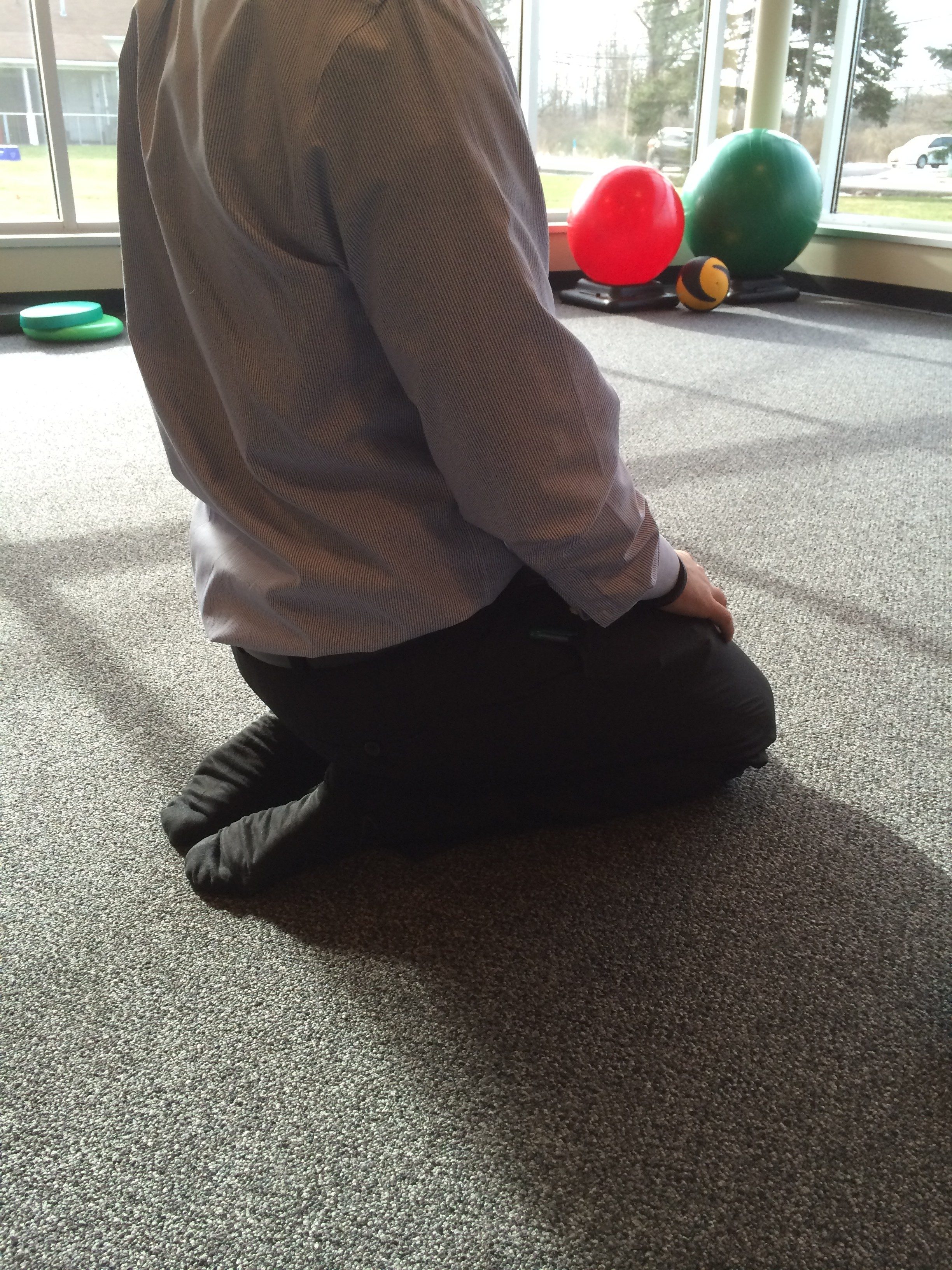Is Swimming Low-Impact?
If you have back pain or a history of back pain, which sport listed below is the least likely to cause more damage?
- Baseball
- Kendo
- Running
- Soccer
- Swimming
Swimming seems like the obvious answer, since that is usually the go-to sport for people with pain. Surprisingly, a recent research article didn’t find this to be the case (1).
Researchers used MRIs to image the lower backs of 306 well-trained university athletes and compared them to 71 non-athlete university students and found that swimmers and baseball players had the highest amount of low back degeneration (1).
With baseball players, it makes sense because of the forces that are involved with swinging a bat. But how does swimming cause so much degeneration? (The rest of this article is a hypothesis on why an increase in degeneration occurs in swimmers.)
Kicking during swimming is a very large part of propulsion. The main muscle that fires during kicking movements is the psoas major (hip flexor). Looking at the green highlighted portion of the picture below, you can see that it attaches to the side/front of the lumbar spine (lower back) and travels down to attach to the femur (upper leg bone).

Every time you kick your leg, the psoas contracts, pulling on your low back. This causes the muscles in the back of your lumbar spine to contract to counteract the pulling force from the psoas. The end result is stabilization of your low back. This happens everywhere throughout your body. When one muscle contracts, other muscles contract to stabilize the area and prevent motion. In this case, the repetitive contraction to stabilize your spine during kicking causes increased compression on your lower back discs. The end result is increased disk degeneration.
This doesn’t mean swimming is a bad thing, but it is something to take into consideration. If you have back pain or have a history of back pain, then you may want to reconsider the structure of your swimming workouts. Many workouts will include kickboard drills or kicking with fins (fins will increase the strength of the psoas contraction, leading to more disc compression). These drills will greatly increase stress on your low back. If you know you have degeneration in your low back and still want to swim, it may be a good idea to limit kicking or use a pull buoy to avoid any extra kicking stress. In addition, many people will turn to swimming when they have back pain because it is the only physical activity they can do with minimal pain. I would strongly advise against this because it may only prolong the length of time that you are in pain. It is important to note that if you are experiencing pain, then you should be properly evaluated to determine the cause.
Muscle adhesion is the most common source of pain and stiffness and the most underdiagnosed. If you are experiencing pain or stiffness, please click the button below.
1) Hangai M, Kaneoka K, Hinotsu S, et al. Lumbar intervertebral disk degeneration in athletes. Am J Sports Med 2009; 37:149-155.
*Please note that every patient is different. The content and tips displayed on this page are for educational purposes only, and do not substitute for medical advice. Please consult with a medical or healthcare provider, such as Dr. Phipps, for specific diagnosis and treatment advice. Williamsville, NY 14221 Chiropractor

